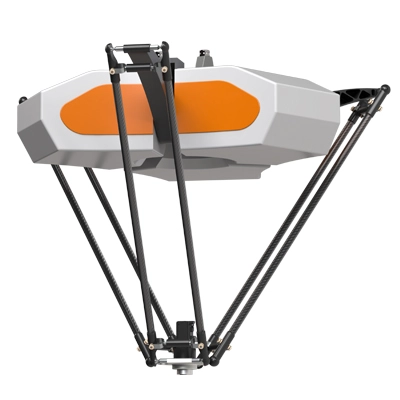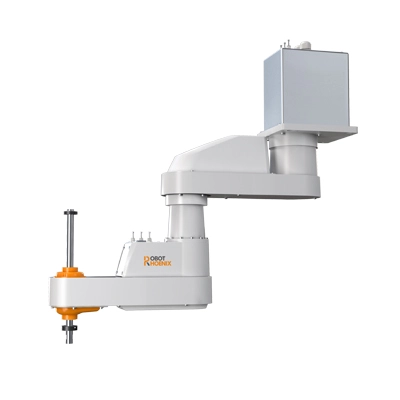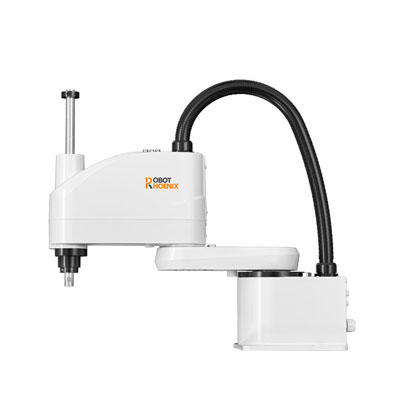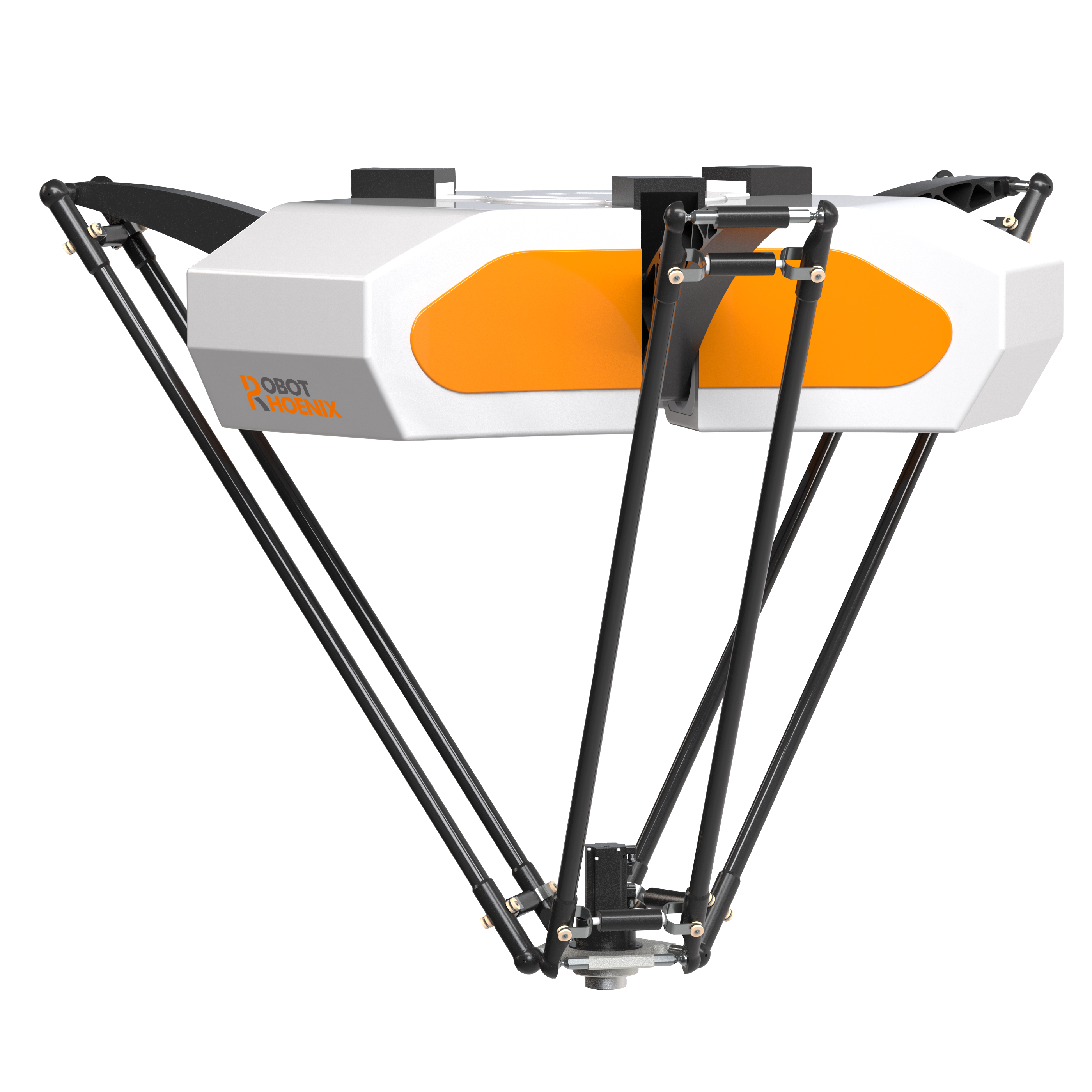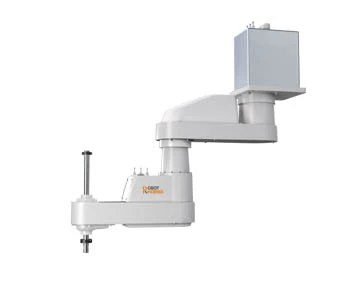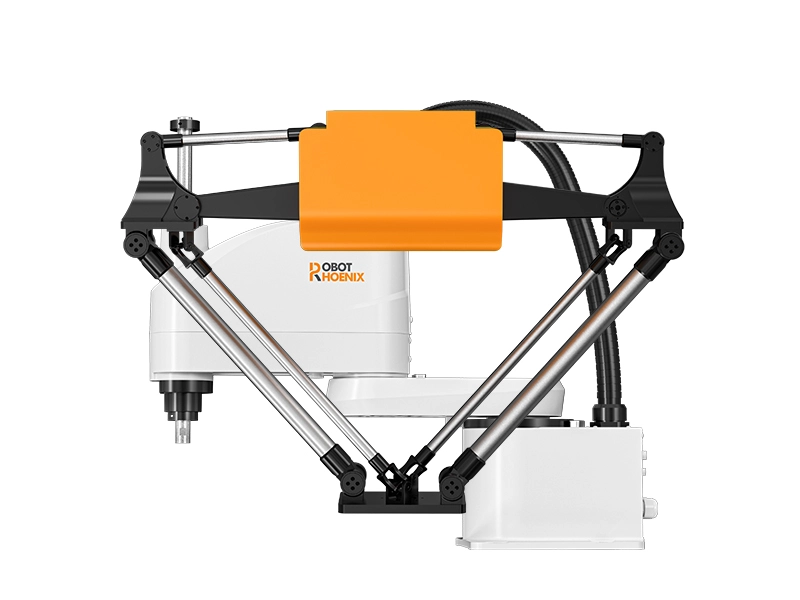Introduction
The rise of automation has revolutionized industries worldwide, and at the forefront of this transformation are industrial robots. These mechanical marvels have become a fundamental part of modern manufacturing processes, enhancing productivity, efficiency, and precision. In this blog, we will explore various types of industrial robots for sale, each designed to cater to specific tasks and industries. From the nimble "2 axis delta robot" to the versatile "wafer handling robot," let's dive into the world of industrial robotic automation.
Types Of Industrial Robots
The 2 Axis Delta Robot, also known as a parallel robot, is a compact and agile machine designed to perform high-speed pick and place operations with incredible accuracy. This type of robot features two rotary joints and a parallel arm design, allowing it to achieve fast and precise movements. The 2 Axis Delta Robot is often used in packaging lines, assembly operations, and food processing industries.
The 3 Axis Pick and Place Robot is another workhorse in industrial automation. As the name suggests, this robot operates in three axes: X, Y, and Z, offering flexibility in handling objects. It excels in applications that require precise positioning and transferring of items between different points. Common uses include electronics manufacturing, material handling, and loading/unloading operations.
The 4 Axis Robot takes automation to the next level by adding an additional rotational axis (R-axis) to the 3-axis system. This extra degree of freedom allows the robot to perform more complex tasks, such as arc welding, painting, and intricate assembly operations. The 4 Axis Robot's versatility makes it suitable for various industries, including automotive, aerospace, and metal fabrication.
The 6 Axis Delta Robot combines the speed and precision of a delta robot with the added flexibility of a six-axis robotic arm. This type of robot features three rotary joints and three linear joints, providing exceptional maneuverability. With the ability to reach almost any point within its workspace, the 6 Axis Delta Robot is ideal for tasks that demand complex movements, such as machining, handling delicate objects, and assembling intricate components.
The 2D Delta Robot is a simplified version of the traditional 3D delta robot. It operates on two axes (X and Y) and is often utilized in applications where vertical movements are not required. This robot excels in scenarios that involve precise horizontal pick and place tasks, like sorting, packaging, and loading items onto conveyor belts.
The Automatic Palletizing Robot is specifically designed to streamline palletizing processes in warehouses and manufacturing facilities. These robots are equipped with end-of-arm tools (EOATs) tailored to handle various product shapes and sizes. By automating the palletizing process, industries can significantly increase efficiency, reduce errors, and minimize the risk of workplace injuries caused by manual handling.
SCARA stands for Selective Compliance Assembly Robot Arm. This type of robot is ideal for assembly operations that require high-speed and precision, such as inserting components, screwing, and tightening. SCARA robots have rigid arms with rotational joints, providing exceptional accuracy while maintaining compliance in the horizontal plane. They are widely used in the electronics, automotive, and consumer goods industries.
In the semiconductor industry, the Wafer Handling Robot plays a crucial role in the precise and safe transportation of silicon wafers. These robots are designed to work in cleanroom environments and handle delicate wafers with utmost care. Their precision and repeatability ensure minimal contamination and damage during the manufacturing process, making them indispensable in semiconductor fabrication facilities.
Conclusion
Industrial robots have undoubtedly reshaped the landscape of manufacturing, enabling industries to achieve unprecedented levels of efficiency and precision. From the nimble 2 Axis Delta Robot to the sophisticated Wafer Handling Robot, each type brings its unique set of capabilities to the table. As technology continues to advance, we can expect even more specialized robots to emerge, further revolutionizing industries and reshaping the future of automation.
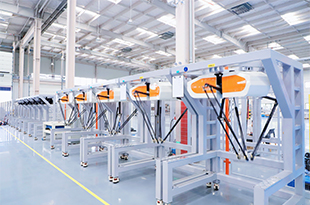 Learn More
Learn More 
 EN
EN  ja
ja  ko
ko  fr
fr  de
de  es
es  ru
ru  pt
pt  ar
ar  vi
vi  ur
ur 